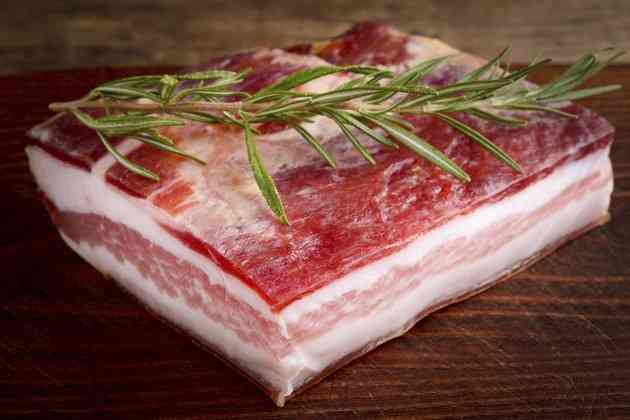The Disadvantages of a Meat Diet

Eliminating meat from your diet might help lower your risk for certain health conditions and make it easier to get the recommended amounts of different nutrients. Healthy diets limit lean meat and skinless poultry to no more than 6 ounces per day, according to BreastCancer.org, which is about one 3-ounce serving for each lunch and dinner. Avoid fattier cuts of meat entirely.
 Limit the amount of red meat you eat. (Image: Chris Clinton/Photodisc/Getty Images)
Limit the amount of red meat you eat. (Image: Chris Clinton/Photodisc/Getty Images)Meat and Nutrition
 Some meats have very high fat contents that can increase your risk for high cholesterol and heart disease. (Image: umbertoleporini/iStock/Getty Images)
Some meats have very high fat contents that can increase your risk for high cholesterol and heart disease. (Image: umbertoleporini/iStock/Getty Images)The high fat and cholesterol content in some cuts of meat may increase your risk for high cholesterol and heart disease. Conventionally raised beef often contains hormones and antibiotics, which some people prefer to avoid. Processed meats, such as bacon, ham and sausage, are particularly unhealthy because of their high fat, preservative and salt content. Choose lean cuts with "round" or "loin" in their name, recommends the Academy of Nutrition and Dietetics. Grass-fed beef, which is lower in fat and higher in essential nutrients -- including the B vitamins, vitamin E and omega-3 fats -- is another healthier option, according to an article published on the "Mother Earth News" website in December 2013.
Meat and Health Risks
 Choose skinless poultry and fish more often. (Image: YelenaYemchuk/iStock/Getty Images)
Choose skinless poultry and fish more often. (Image: YelenaYemchuk/iStock/Getty Images)Choose skinless poultry and fish more often than red meat. The more often you eat red or processed meats, the higher your risk for diabetes and heart disease, according to a study published in "Current Atherosclerosis Reports" in December 2012. Another study, published in "PLOS Medicine" in December 2007, found that increasing your intake of red and processed meats was associated with a higher risk for lung and colon cancer.




